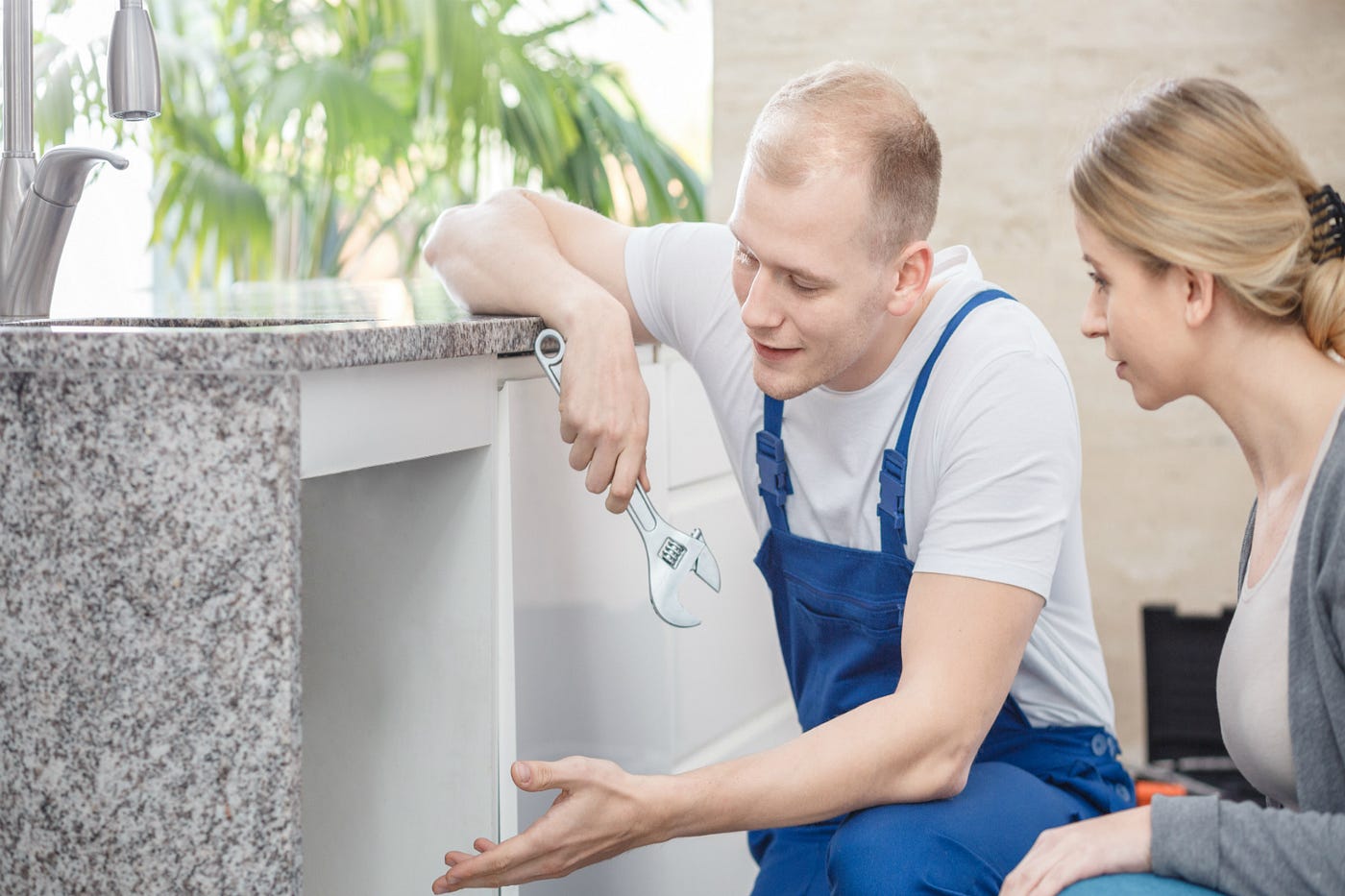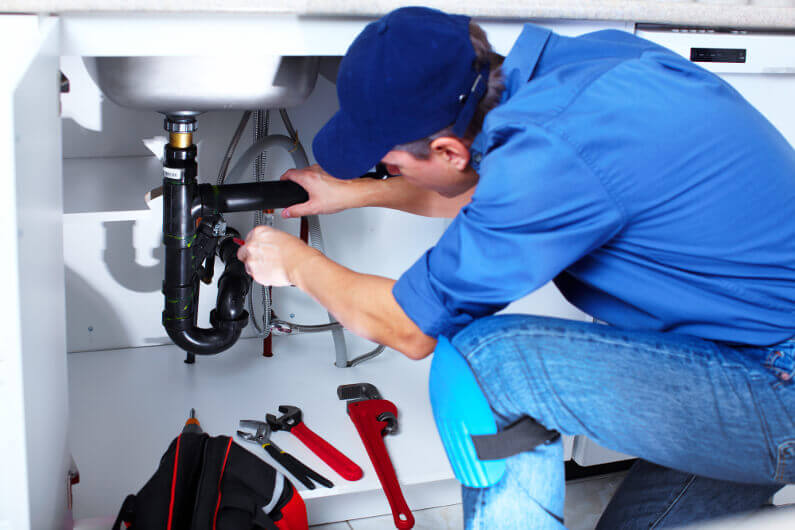Understanding Ideal Situations to Do It Yourself and When to Contact a Pro Plumber
Understanding Ideal Situations to Do It Yourself and When to Contact a Pro Plumber
Blog Article
Every person is bound to have their own unique piece of advice with regards to When to call a professional plumber vs. DIY.

Introduction
Pipes concerns can range from minor aggravations to major headaches, typically motivating property owners to decide in between dealing with the issue themselves or calling a professional plumbing. Knowing when to DIY and when to look for specialist assistance can conserve time, money, and stop potential calamities. This article discovers the aspects to think about when making this vital choice.
Benefits of Do It Yourself Plumbing
Taking on plumbing tasks on your own can be rewarding in several methods, especially for easier tasks.
Price Savings
Do it yourself pipes tasks often save cash by staying clear of professional service fees. Tasks like repairing small leakages, replacing taps, or installing brand-new showerheads are examples where homeowners can take care of fixings without hiring a plumbing.
Skill Improvement
Taking part in do it yourself pipes provides an opportunity to discover and boost functional skills. Standard tasks equip property owners to recognize their plumbing systems better and acquire self-confidence in taking care of small fixings separately.
Risks of Do It Yourself Plumbing
While DIY jobs use benefits, certain threats must be thoroughly thought about before trying repair services.
Intricacy of Jobs
Some pipes concerns require specific knowledge and tools past regular home owner abilities. Messing up complicated issues can lead to further damage and expensive repair services.
Safety and security Issues
Dealing with plumbing systems involves dangers such as exposure to water damage, potential for electric risks, and dealing with devices inaccurately. Security preventative measures need to be observed to avoid mishaps and ensure effective fixings.
Indicators to Call an Expert Plumbing
Acknowledging when a plumbing concern surpasses do it yourself capabilities is crucial to preventing aggravating issues.
Indicators of Complicated Issues
Examples include:
Motivate professional treatment is essential to address these issues efficiently and decrease damage.
DIY Pipes Tips
For effective DIY pipes, it's necessary to be prepared with the right devices and follow appropriate treatments.
Fundamental Tools and Materials
Key devices for DIY pipes:
Step-by-Step Guides
Clear directions guarantee secure and effective DIY repair work:
Choosing the Right Time to DIY
Determining when to take on plumbing tasks yourself requires assessing both the complexity of the concern and personal convenience degrees.
Analysis List
Consider:
When to Most Definitely Call a Professional
Particular scenarios require immediate expert attention to avoid extensive damages or safety risks.
Examples include:
Finding and Hiring a Specialist Plumbing Professional
Choosing a certified plumber makes certain reputable service and comfort in fixing pipes issues.
Criteria for Choice
Elements to take into consideration:
Cost Evaluation: DIY vs. Specialist Solutions
Comparing the economic ramifications of DIY efforts versus professional plumbing solutions aids in making informed decisions.
Financial Considerations
Examine:
Verdict
Determining whether to do it yourself or call an expert plumbing technician depends upon understanding the intricacy of pipes issues and individual capabilities. By considering the advantages and risks, home owners can make enlightened selections that advertise efficient upkeep and secure their homes from pipes disasters.
DIY Plumbing Projects: What Homeowners Can Do and When to Call a Professional
Welcome to our comprehensive guide on DIY plumbing projects. In this blog post, we aim to empower homeowners with the knowledge and skills to tackle basic plumbing tasks around the house. From unclogging drains to fixing a leaky faucet, we’ll walk you through step-by-step instructions on how to handle these common issues.
However, not all plumbing problems can or should be solved with a DIY approach. Recognizing when a problem is beyond your skill level and requires professional intervention is just as important as knowing how to perform basic tasks. We’ll also discuss the signs that indicate it’s time to put down your tools and pick up the phone to call a professional plumber. By understanding when to DIY and when to call a professional, you can save time, avoid potential disasters, and ensure your home’s plumbing system remains in top shape.
Understanding Plumbing Basics
Before we dive into the DIY projects, let’s take a moment to understand the basics of your home’s plumbing system. A typical residential plumbing system consists of two major components: the water supply system, which brings fresh water into your home, and the drainage system, which removes waste water. These systems are made up of a network of pipes, valves, and fixtures that work together to deliver clean water and dispose of waste efficiently.
Regular maintenance of your plumbing system is crucial to prevent minor issues from escalating into major problems. This includes tasks like checking for leaks, removing minor clogs, and ensuring your pipes are insulated for winter. By performing these tasks regularly, you can extend the lifespan of your plumbing system, save money on water bills, and maintain the comfort and hygiene of your home.
In the following sections, we’ll explore some common DIY plumbing projects that homeowners can handle, as well as situations that require the expertise of a professional plumber. Whether you’re a seasoned DIY enthusiast or a beginner, this guide will provide you with valuable insights into the world of home plumbing.
DIY Plumbing Projects Homeowners Can Handle
Plumbing may seem intimidating, but there are several tasks that homeowners can confidently tackle with a little guidance and the right tools. Here are a few common issues you might encounter and how to address them.
Unclogging Drains
Use a Plunger: This is your first line of defense. A good old-fashioned plunger can dislodge the obstruction and clear the drain in many cases. Try a Plumber’s Snake or Hand Auger: If the plunger doesn’t work, a plumber’s snake or hand auger can reach deeper into the pipe to break up the clog. Use a Drain Cleaner: If physical methods fail, a chemical drain cleaner can dissolve the clog. However, use these products sparingly as they can damage your pipes if overused.

I am just very curious about DIY vs. Professional Plumbing Repairs: When to Call a Pro and I hope you liked the entire blog posting. Those who enjoyed our blog post if you please do not forget to share it. We take joy in your readership.
Get A Free Quote Report this page